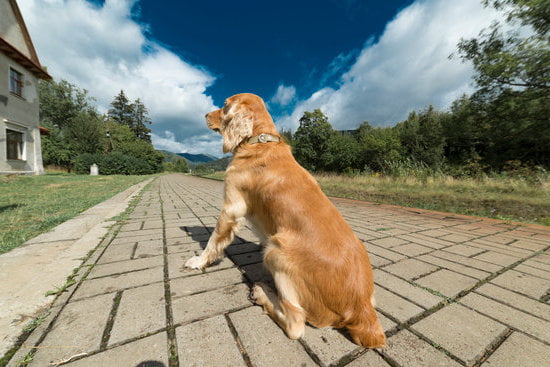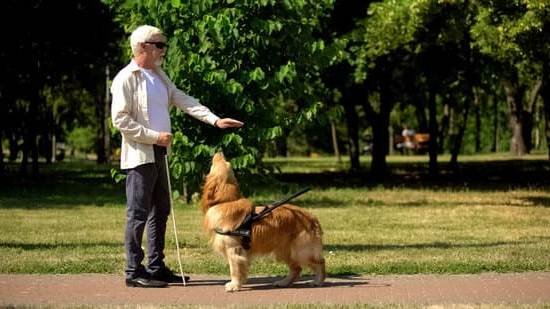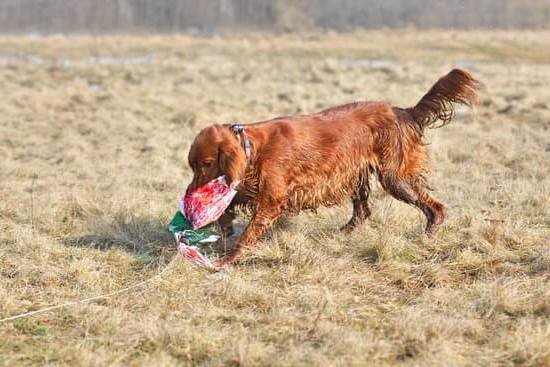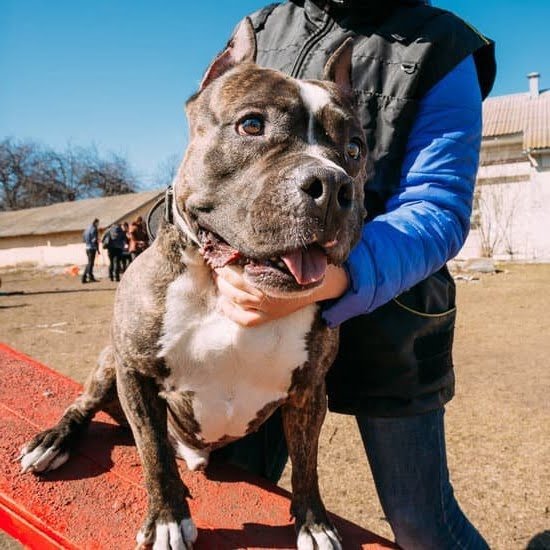There are a few things you need to understand about crate training adult dogs before you get started.
First, dogs are den animals and they instinctively seek out small, enclosed spaces to sleep in or hide from danger. This is why crates make such great training tools – they provide your dog with a sense of security and comfort.
Second, dogs are also very smart and they quickly learn to associate the crate with good things, like treats and playtime.
With that in mind, here are the steps you need to take to crate train your adult dog:
Step 1: Introduce your dog to the crate
The best way to introduce your dog to the crate is to place a few treats inside and let her go in and get them. Once she’s comfortable going into the crate, close the door for a few seconds and then let her out.
Step 2: Feed your dog in the crate
Once your dog is comfortable going into the crate, start feeding her her meals inside the crate. This will help her associate the crate with positive things, like food.
Step 3: Let your dog sleep in the crate
Once your dog is eating her meals in the crate and going in and out of the crate on her own, start letting her sleep in the crate at night. This will help her get used to spending time in the crate and it will make it easier for you to crate her during the day.
If your dog has any trouble adjusting to the crate, don’t force her to stay in it. Just take things slow and make sure she’s comfortable with each step before moving on to the next.
How To Train A Dog To Sleep In Crate
If you are like most dog owners, you probably crate train your dog. Dogs like crates because they provide a sense of security and a den-like feeling. Crates can also help with potty training and reducing destructive behavior.
There are a few things you can do to make crate training your dog easier. First, start by putting your dog’s food in the crate. This will entice your dog to go in the crate. Once your dog is going into the crate willingly, start closing the door for a few seconds at a time. Gradually increase the amount of time the door is closed.
Once your dog is comfortable with the door being closed, start putting him in the crate for short periods of time when you are home. Gradually increase the time your dog spends in the crate. If your dog cries or barks in the crate, don’t let him out until he stops. This will teach him that whining and barking will not get him out of the crate.
If you follow these tips, you will be able to successfully train your dog to sleep in his crate.
Crate Train Older Dog
Crate training an older dog can be a bit more challenging than training a young puppy, but it’s definitely doable. With patience and perseverance, you can successfully crate train your older dog and help make your home a bit more harmonious.
The first step in crate training an older dog is to get them comfortable with the crate itself. Start by putting the crate in a quiet, comfortable spot in your home and placing a few toys or treats inside. Let your dog explore the crate on their own and don’t force them inside. Once your dog is comfortable with the crate, you can start using it as a place to put them when you’re not able to supervise them.
Start by putting your dog in the crate for short periods of time, gradually increasing the length of time they stay in there. If your dog starts to whine or bark, don’t let them out until they’ve quieted down. This may take a little bit of patience, but eventually your dog will learn that the crate is a safe and comfortable place to be.
If you’re having trouble getting your dog to stay in the crate, try using a food puzzle toy to keep them occupied. These toys are designed to keep dogs occupied and mentally stimulated, which can help keep them calm and content in the crate.
Crate training an older dog can be a bit more challenging than training a young puppy, but it’s definitely doable. With patience and perseverance, you can successfully crate train your older dog and help make your home a bit more harmonious.
The first step in crate training an older dog is to get them comfortable with the crate itself. Start by putting the crate in a quiet, comfortable spot in your home and placing a few toys or treats inside. Let your dog explore the crate on their own and don’t force them inside. Once your dog is comfortable with the crate, you can start using it as a place to put them when you’re not able to supervise them.
Start by putting your dog in the crate for short periods of time, gradually increasing the length of time they stay in there. If your dog starts to whine or bark, don’t let them out until they’ve quieted down. This may take a little bit of patience, but eventually your dog will learn that the crate is a safe and comfortable place to be.
If you’re having trouble getting your dog to stay in the crate, try using a food puzzle toy to keep them occupied. These toys are designed to keep dogs occupied and mentally stimulated, which can help keep them calm and content in the crate.
Training Crate For Dogs
There’s a reason why dogs are often called “man’s best friend.” They’re loyal, loving, and always happy to see you. But they can also be a lot of work. That’s why it’s important to have the right tools to help you train them. One of the most important tools for training dogs is a training crate.
A training crate is a specially designed crate that is used to house train dogs. It is made out of a sturdy material that is difficult for dogs to escape from, and it has a door that can be locked to keep dogs inside. The crate is also typically furnished with a bed, water bowl, and food bowl, so the dog has everything they need while they are in the crate.
The main purpose of a training crate is to provide a safe and comfortable place for dogs to sleep and relax. This is especially important when dogs are first being house trained, as it gives them a place to go to when they need to avoid accidents. The crate can also be used to confine dogs when they are not being supervised, which can help to prevent them from getting into trouble.
Training crates can be a great tool for training dogs, but they should not be used as a punishment. Dogs should only be put in the crate when they are calm and relaxed, and they should be allowed to come out of the crate when they want to. If a dog is put in the crate when they are excited or agitated, they may become anxious or stressed, which can actually hinder their training.
If you are thinking about getting a dog, or if you have a dog that needs to be trained, a training crate can be a great tool to have. It can help to make training easier and more comfortable for both you and your dog.
Crate Training A Dog Whining
There can be many reasons why a dog is whining, but when it comes to crate training, whining may be a sign that the dog is uncomfortable or has not yet been properly introduced to the crate.
In general, dogs whine when they are uncomfortable or when they want something. If your dog is whining in the crate, take a moment to assess what might be causing the discomfort.
Some things to check for include:
• The crate is too small – Dogs should have enough space to stand up and turn around in their crate. If the crate is too small, the dog may feel cramped and uncomfortable.
• The crate is too large – If the crate is too large, the dog may feel like it can potty in one corner and sleep in another. This can encourage the dog to potty in the crate, which is not what you want.
• The dog is cold or too hot – Dogs like to be comfortable, and if the crate is too cold or too hot, the dog may whine to tell you.
• The dog is hungry or thirsty – A dog may whine if it is hungry or thirsty. Make sure to provide the dog with plenty of food and water.
• The dog is afraid or uncomfortable – If the dog is afraid or uncomfortable, it may whine as a way of letting you know. Try to ease the dog’s fears and make it more comfortable.
If you can’t determine why the dog is whining, take it to a veterinarian to rule out any health problems.
If you have determined that the dog is whining because it is uncomfortable, take steps to make the crate more comfortable. You can do this by adding a blanket or a crate pad to the crate. You can also try to adjust the size of the crate.
If the dog is whining because it is hungry or thirsty, make sure to provide the dog with food and water. You may also want to try training the dog to stay in the crate for longer periods of time so the dog won’t feel the need to whine for food or water.
If the dog is whining because it is afraid or uncomfortable, try to ease the dog’s fears and make it more comfortable. This may include using positive reinforcement to train the dog to like the crate. You can also try to provide the dog with a toy or a bone to chew on to make it more comfortable.

Welcome to the blog! I am a professional dog trainer and have been working with dogs for many years. In this blog, I will be discussing various topics related to dog training, including tips, tricks, and advice. I hope you find this information helpful and informative. Thanks for reading!





